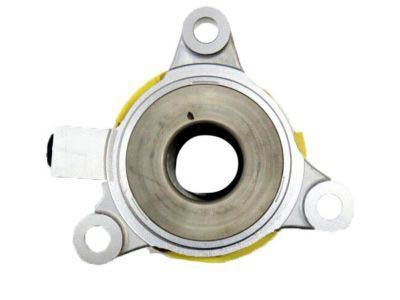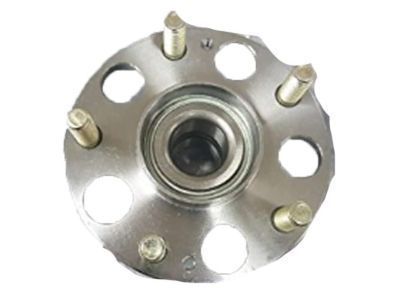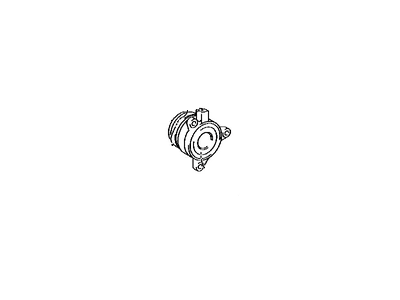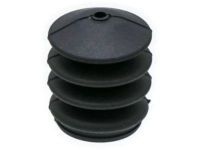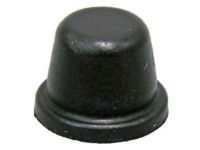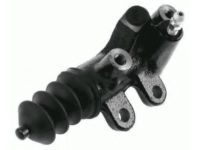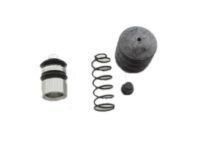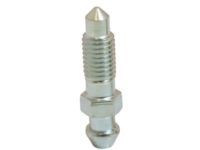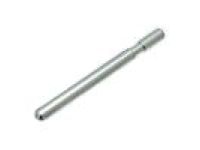For the removal of the clutch slave cylinder of 2009 and earlier models, the following steps should be taken, you ought to remove the negative cable from the battery and also pull off the air filter housing. To remove the hydraulic line, loosen the flare-nut with the flare-nut wrench, so as not to round off the nut, with a small can and rags to catch the oil that spills. Subsequently, taking off the mounting bolts, slave cylinder with the top part of the framework divided from the accumulator bracket. For installation, one has to connect the hydraulic line to the slave cylinder and position the pushrod in the release fork pocket finally the nuts to be tightened to a certain torque. Turn the hydraulic line fitting until tight and torque, add brake fluid of DOT 3 standard, flush out the air, refit the air filter housing back in place, reconnect the battery. The process starts with removal of engine/transaxle assembly and then separation of the transaxle from the engine if it is a 2010 and later model. Loosen the hydraulic line to the slave cylinder and unscrew the mounting bolts and then take off the slave cylinder from the transaxle input shaft bearing retainer. Clean the area of the clutch housing, apply high-temperature grease to the input shaft retainer, and install the slave bearing cylinder onto it placing caution that no extra grease smearing the input splines. Tighten enough the hydraulic line to the slave cylinder but do not over tighten; fasten slave cylinder with new mounting screws and tighten to the recommended torque. Fasten the hydraulic line fitting with an additional 10 ft-lbs of torque, re-engage the transaxle with the engine, and refill the clutch master cylinder with brake fluid; thereafter, bleed the hydraulic system. For the accumulator in 2009 and earlier models, you have to pull the negative terminal of the battery, remove air filter housing and air flap inlet duct and, thereafter you remove the accumulator along with its mounting bolts. Remove the hydraulic line fittings from the accumulator and slave cylinder, and also remove the mounting bolts, it will be useful to use the flare-nut wrench for this job to avoid rounding of bolts. During installation, torque the hydraulic lines to the accumulator and tighten the mounting bolts partially, before they are fully tightened to the prescribed torque; then firmly torque the hydraulic line connections. Removal of the stabilizer bar is followed by the installation process which is the reverse of the removal process after which bleeding of the hydraulic system is done. For 2010 and later models the following are required, take off the negative cable of the battery, loosen the lugs of the left-front wheel, lift the car, and take off the wheel alongside the inner fender splash shield. Take out the car air filter housing and air duct to hydraulically disconnect the unit, unscrew the hydraulic line fittings and remove the clutch orifice assembly fasteners and U-clip to disconnect the clutch hose. Last, unscrew the mounting bolts for the accumulator and the needed assembly after disconnecting all the hydraulic hoses and then screw the mounting bolts for the accumulator, connect the hoses and properly tighten the fittings with undue procedure regressing up to the hydraulic system bleeding step.
Posted by ToyotaPartsDeal Specialist 

